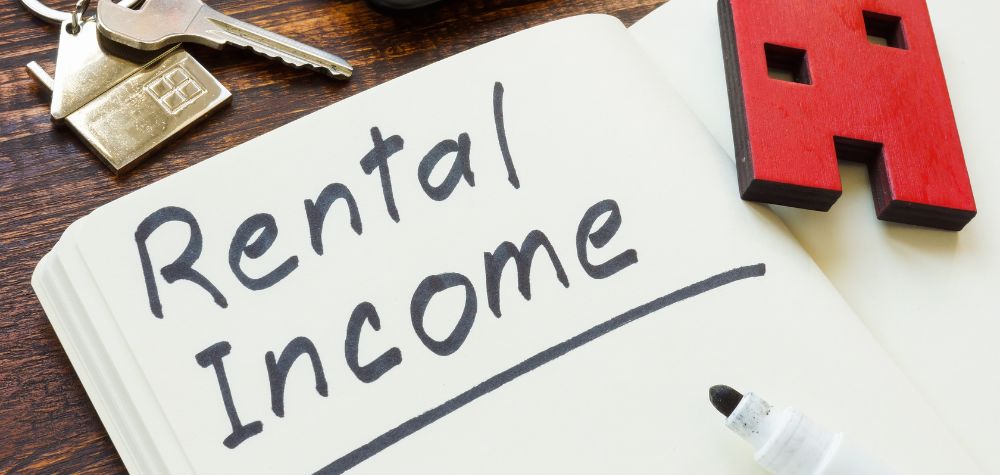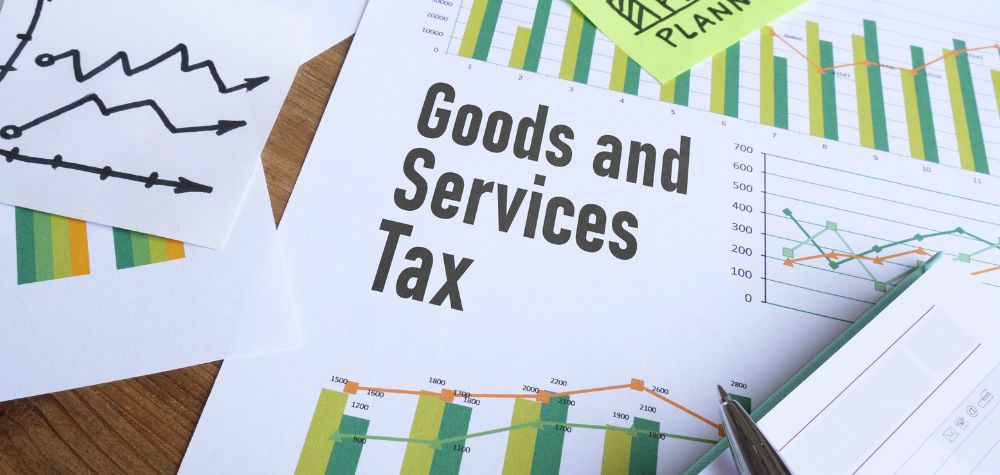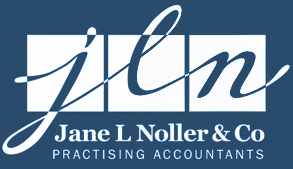
When professional practitioners exit or retire from a partnership, their tax responsibilities don’t simply end with their departure. It’s important to understand that even after leaving a professional services firm, there are ongoing tax obligations that must be met. Neglecting these can lead to errors, oversights, or compliance risks.
First, any assessable distributions from the partnership need to be recorded properly. Even after you leave, your partnership agreement might continue to entitle you to distributions based on the firm’s profits. These payments are taxable in the year in which they are derived, and they must be declared as income—not treated as capital or pension-type payments. Unfortunately, former partners sometimes misclassify or omit such amounts altogether.
Also, retirement payments or deferred entitlements under partnership agreements require careful treatment. These are often profit allocations rather than pensions or superannuation. Misunderstandings about how these entitlements are structured lead to mistakes. It’s essential to check the specific partnership or retirement deed involved so you correctly classify and report these payments.
Another area that sometimes causes confusion is the capital account. This reflects your investment or share of equity in the partnership, which may result in capital gains or losses when you exit. However, not all losses are necessarily deductible, and not all gains qualify for discount. Proper record-keeping is required to determine what can be claimed, especially where there have been adjustments to the capital account around the time of exit.
Some practitioners also overlook obligations tied to related service entities or arrangements that involve associated entities (sometimes called service trusts or “Phillips arrangements”). If you’ve been involved in or benefited from such arrangements, you’ll need to ensure you understand how deductions and income allocations work in those cases.
To make sure you’re compliant when exiting a partnership:
- Review your partnership agreement and final financial statements.
- Seek advice early from a tax professional familiar with such setups.
- Keep detailed records of all payments and correspondence post-exit.
- Accurately report all income and distributions, including payments you’re entitled to but may not yet have physically received.
- Correctly classify payments related to retirement and ensure capital gains or losses are properly calculated.
Leaving a firm might feel like the end of certain responsibilities—but in tax terms, many obligations persist. Getting the details right not only keeps you compliant but also protects you from unexpected liabilities down the line.
Looking for more tailored guidance about your situation? Why not speak to one of our trusted team to find out how we could help?










